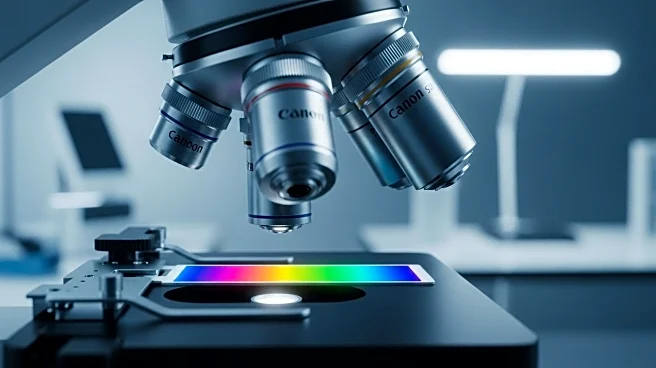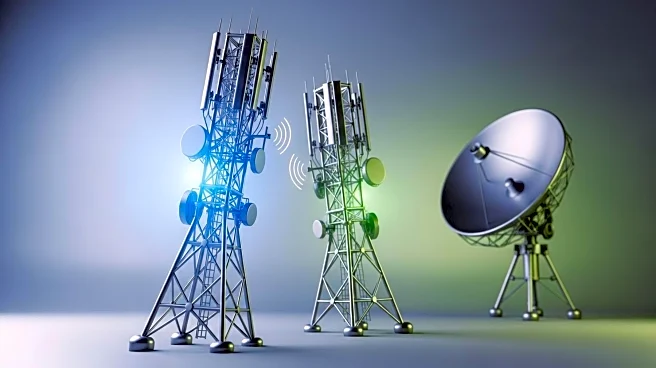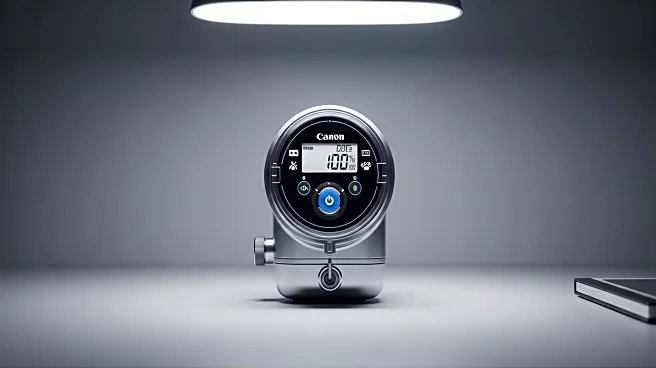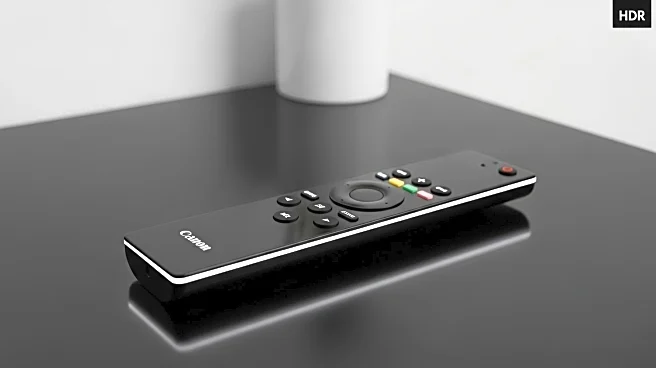What is the story about?
What's Happening?
Researchers from the University of Stuttgart and the University of Melbourne have developed a novel method for detecting nanoplastic particles using a color-changing test strip and an ordinary optical microscope. This 'optical sieve' allows for the affordable and straightforward analysis of nanoplastics in environmental samples. The test strip changes color based on the size and number of particles, providing a quick and reliable detection method. This innovation addresses the challenge of detecting tiny nanoplastic particles, which pose significant environmental and health risks due to their ability to cross organic barriers.
Why It's Important?
The development of this affordable detection method is crucial for environmental and health research. Nanoplastics are a growing concern due to their potential impact on ecosystems and human health. The ability to quickly and accurately detect these particles can lead to better pollution monitoring and mitigation strategies. This technology could revolutionize how researchers study and manage plastic pollution, providing a tool for on-site analysis and potentially influencing policy decisions regarding environmental protection.
What's Next?
Researchers plan to expand the application of this technology to non-spherical nanoplastic particles and explore its use in distinguishing between different types of plastics. Collaborations with other research groups could enhance the method's effectiveness in real-world scenarios. The technology may also be adapted for mobile use, allowing for direct analysis of nanoplastic concentrations in various environments.
Beyond the Headlines
The innovation highlights the intersection of technology and environmental science, offering a glimpse into future advancements in pollution detection. It raises questions about the broader implications of nanoplastic pollution and the need for comprehensive strategies to address this issue.
AI Generated Content
Do you find this article useful?













